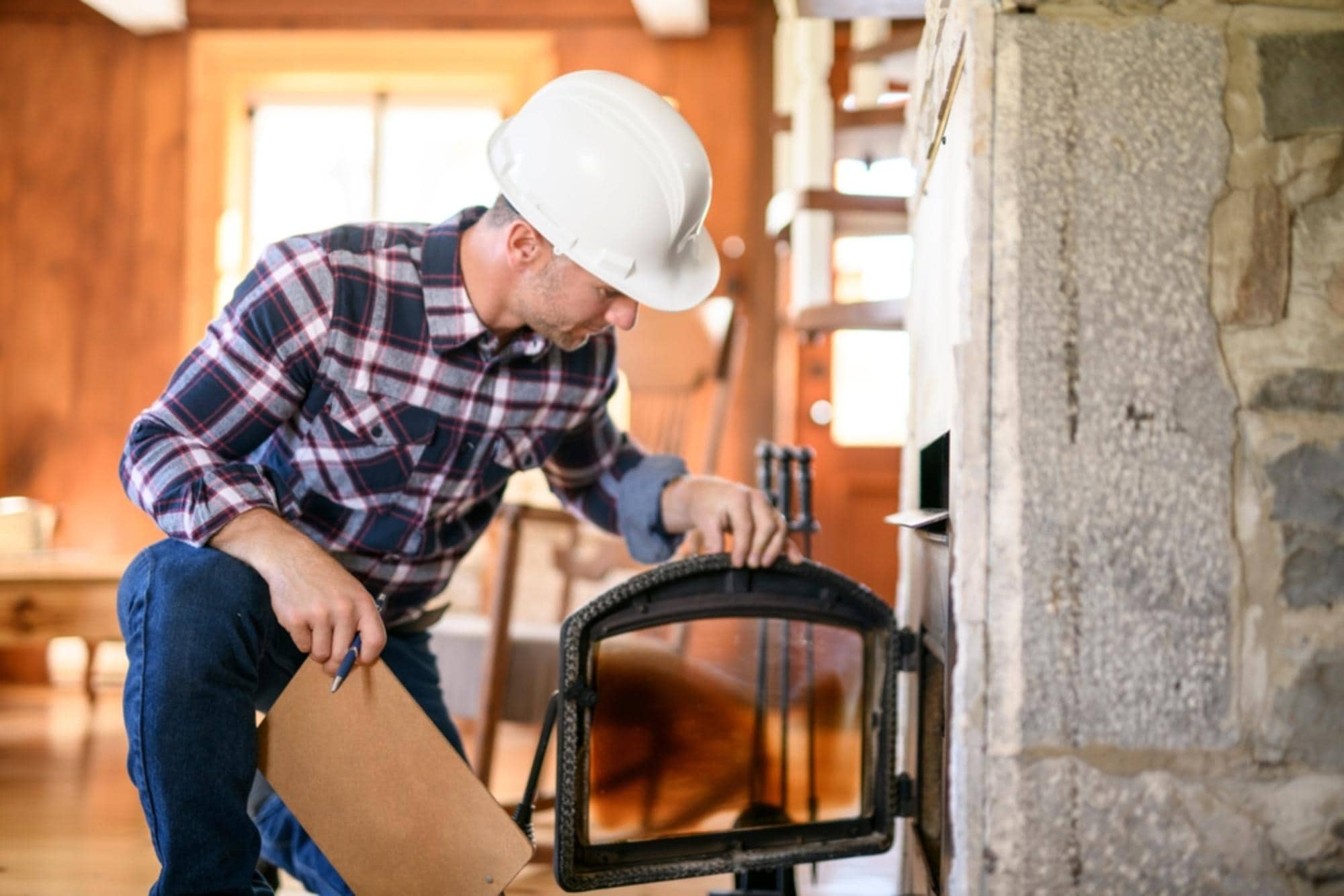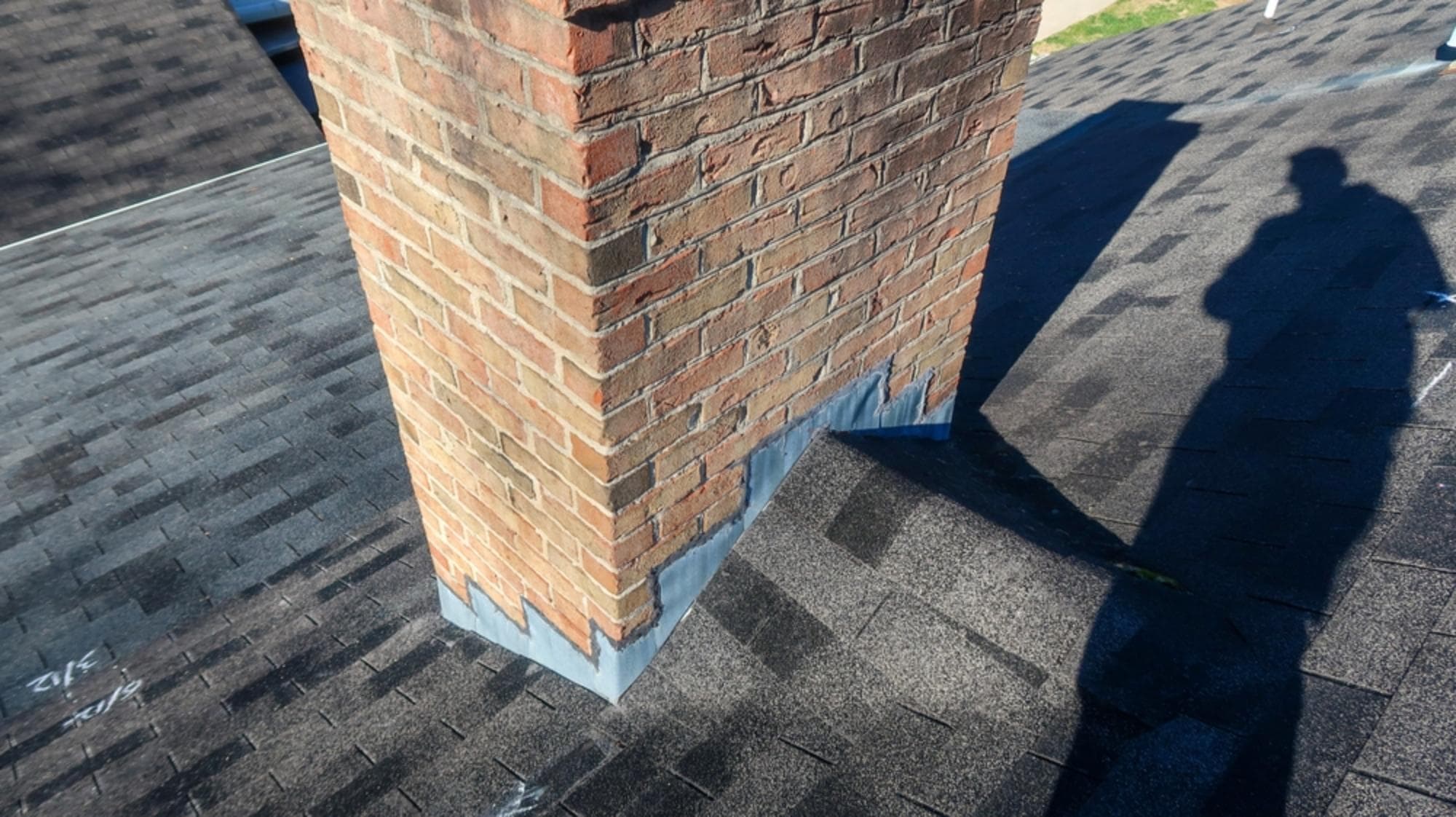Professional chimney inspection that catches dangerous problems before they catch fire—protecting your Providence home and family.

Hear from Our Customers

You light your fireplace without that nagging worry about carbon monoxide or chimney fires. No more wondering if tonight’s the night something goes wrong with your heating system.
Your insurance requirements are handled. Most homeowner policies require annual inspections, and you’ve got the certified documentation to prove compliance.
Your family stays protected. A thorough inspection identifies the hidden problems that cause house fires and carbon monoxide poisoning—the dangerous issues you’d never detect until it’s too late.
At Above and Beyond Chimney, we understand what Rhode Island weather does to chimneys. The brutal freeze-thaw cycles, coastal moisture from Narragansett Bay, and seasonal temperature swings take a toll on mortar joints, flue liners, and chimney crowns.
Our NFPA 211-certified technicians have inspected thousands of chimneys across Providence County. We’ve seen everything from Federal Hill brownstones to Elmwood triple-deckers, and we know how different construction types respond to New England weather.
You get honest assessments, transparent pricing, and detailed photo reports. No hidden fees, no surprise upsells—just straightforward answers about your chimney’s condition.

We begin with exterior evaluation—checking your chimney crown, cap, flashing, and masonry for damage from Providence’s harsh winters. Then we examine interior components: damper operation, smoke chamber condition, and firebox integrity.
The flue inspection uses specialized video cameras to examine your entire chimney liner. We’re looking for cracks, obstructions, animal nests, or creosote buildup that could create safety hazards or efficiency problems.
You receive a comprehensive report with photos documenting every finding. Clear explanations of any issues discovered, priority levels for repairs, and honest recommendations for maintaining your chimney’s safety and performance.

Ready to get started?
Every inspection evaluates your flue liner—whether clay tile, stainless steel, or cast-in-place—for cracks, deterioration, or improper sizing. We examine mortar joints between bricks, checking for stability and potential water infiltration points.
Your chimney crown gets scrutinized for the hairline cracks that let Providence’s winter moisture penetrate and cause expensive freeze damage. The chimney cap inspection ensures it’s effectively keeping out rain, snow, and the squirrels that love Rhode Island neighborhoods.
We pay special attention to how coastal New England conditions affect your specific chimney. Salt air accelerates metal corrosion, winter storms stress masonry joints, and spring thaws reveal damage that developed during freezing weather.
